Imagine walking through a prehistoric landscape where massive creatures roam freely, plants unlike any in our modern world stretch toward the sky, and the air itself feels different. Dinosaurs didn’t exist in isolation—they lived in complex ecosystems alongside countless other species, forming what we might think of as prehistoric “neighborhoods.” These communities of dinosaurs and their contemporaries weren’t random assemblages but intricate networks of predators, prey, competitors, and cohabitants that evolved together over millions of years. By examining fossil evidence, geological data, and comparing these ancient ecosystems to modern ones, paleontologists have been able to reconstruct what these dinosaur neighborhoods might have looked like. From the humid forests of the late Jurassic to the coastal plains of the late Cretaceous, let’s explore what life was like in these fascinating prehistoric communities.
Ecological Diversity in Dinosaur Communities

Dinosaur neighborhoods weren’t homogeneous collections of similar species but rather diverse assemblages with different ecological niches. Much like modern ecosystems, these prehistoric communities included primary producers (plants), primary consumers (herbivores), and various levels of carnivores, creating complex food webs. Fossil evidence from sites like the Morrison Formation in western North America reveals communities where sauropods like Diplodocus and Apatosaurus browsed on high vegetation, while smaller ornithischians like Camptosaurus fed closer to the ground. Predators such as Allosaurus occupied the apex position, keeping herbivore populations in check. These ecological relationships created balanced communities where resources were divided among species with different dietary preferences and feeding strategies, allowing many dinosaur species to coexist in the same general area.
The Dominance of Size in Dinosaur Landscapes

Perhaps the most striking feature of dinosaur neighborhoods would have been the sheer scale of many inhabitants compared to modern terrestrial ecosystems. The largest sauropods reached lengths of over 30 meters and weights exceeding 70 tons, making them the largest land animals to have ever existed. These massive creatures would have dominated the landscape visually and ecologically, their footsteps shaking the ground as they moved in herds. The tremendous size of many dinosaurs meant they had outsized impacts on their environments, from physically altering vegetation through feeding to creating pathways through forests that other animals could utilize. Even medium-sized dinosaurs would dwarf most modern mammals, creating communities where gigantism was the norm rather than the exception, especially during the Jurassic and early Cretaceous periods when sauropods reached their peak diversity.
Social Structures and Herd Behaviors

Evidence increasingly suggests that many dinosaur species lived in complex social groups rather than as solitary individuals. Trackway fossils showing multiple individuals of the same species moving in the same direction provide compelling evidence for herding behaviors in many dinosaur groups. The discovery of massive bone beds containing dozens or hundreds of individuals of the same species—such as Maiasaura in Montana or Protoceratops in Mongolia—suggests these animals lived and sometimes died together in large groups. These social structures would have been visible features of dinosaur neighborhoods, with herds of hadrosaurs or ceratopsians moving across landscapes, juvenile dinosaurs playing and learning together, and potentially complex social hierarchies organizing these prehistoric communities. Some predatory dinosaurs like Deinonychus may have even hunted in coordinated packs, adding another layer of social complexity to these ancient ecosystems.
Seasonal Migrations and Resource Distribution

Many modern animal communities feature seasonal migrations as species follow food resources or more favorable climatic conditions, and evidence suggests dinosaur neighborhoods likely experienced similar patterns. Large herbivorous dinosaurs would have required enormous quantities of vegetation to sustain themselves, potentially necessitating movement between feeding grounds as seasons changed. Evidence from growth rings in dinosaur bones indicates that many species experienced periods of nutritional stress, possibly corresponding to seasonal changes in food availability. In higher-latitude dinosaur communities that experienced more pronounced seasonal variation, such as those in present-day Alaska or Antarctica, migration would have been particularly important as winter darkness reduced plant productivity. These migratory patterns would have created dynamic neighborhoods where species composition changed throughout the year, with certain areas becoming bustling dinosaur metropolises during particular seasons.
Nesting Grounds and Reproductive Colonies

One of the most remarkable features of some dinosaur neighborhoods would have been dedicated nesting grounds where numerous individuals gathered to reproduce. Fossil sites like Egg Mountain in Montana reveal that some dinosaur species nested in colonies, with dozens or hundreds of nests concentrated in favorable areas. These reproductive gatherings would have transformed quiet landscapes into noisy, busy nurseries full of protective parent dinosaurs, freshly hatched juveniles, and predators looking for easy meals. Evidence from some nesting sites suggests that certain dinosaur species, particularly among hadrosaurs and some theropods, provided extensive parental care to their young. The presence of these dinosaur nurseries would have created seasonal hotspots of activity within the broader ecosystem, much like modern seabird colonies or sea turtle nesting beaches become temporary centers of biological activity.
Water Sources as Community Hubs
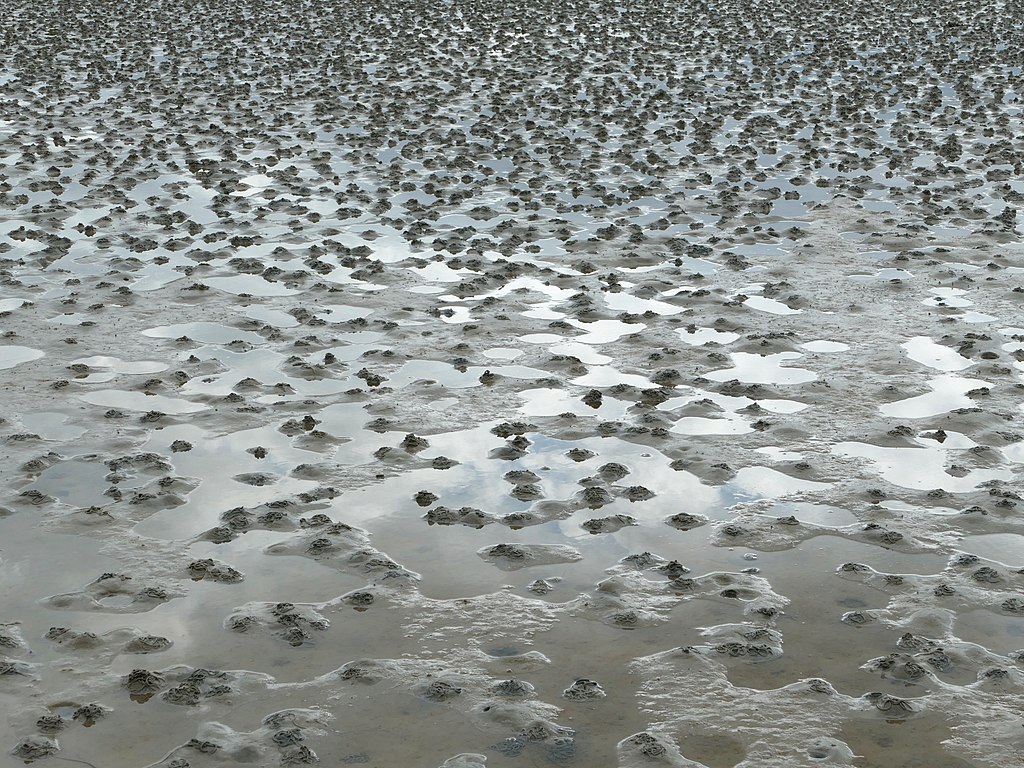
In dinosaur neighborhoods, as in modern ecosystems, water sources would have served as critical gathering points where diverse species converged. Rivers, lakes, and watering holes would have attracted dinosaurs from throughout the surrounding territory, creating temporary multispecies assemblages. These gathering spots would have been particularly important during dry seasons when water became scarcer, concentrating dinosaur activity around remaining water sources. Fossil trackways found around ancient water bodies sometimes contain footprints from numerous dinosaur species, suggesting these areas functioned as community meeting places. These watering holes would have also been prime hunting grounds for predatory dinosaurs, who could ambush weakened prey or take advantage of the concentration of potential victims. The margins of these water bodies likely supported particularly dense vegetation, further attracting herbivorous dinosaurs and creating biodiversity hotspots within the broader landscape.
Vegetational Landscapes in Dinosaur Habitats

The plant communities that provided the foundation for dinosaur ecosystems were dramatically different from modern vegetation. During the Mesozoic Era, flowering plants (angiosperms) hadn’t yet become dominant, and the landscape was instead covered with ferns, cycads, ginkgoes, conifers, and other gymnosperms. These prehistoric forests and woodlands created the three-dimensional structure of dinosaur neighborhoods, with different vegetation zones supporting distinct dinosaur communities. The emergence of flowering plants during the Cretaceous Period revolutionized these landscapes, providing new food sources and habitat structures that dinosaurs had to adapt to. Evidence from fossilized stomach contents and coprolites (fossilized feces) reveals that different dinosaur species specialized in consuming specific plant types, creating complex relationships between the plant and dinosaur communities. The height and density of vegetation would have shaped visibility, movement patterns, and predator-prey dynamics throughout these prehistoric neighborhoods.
Non-Dinosaurian Neighbors
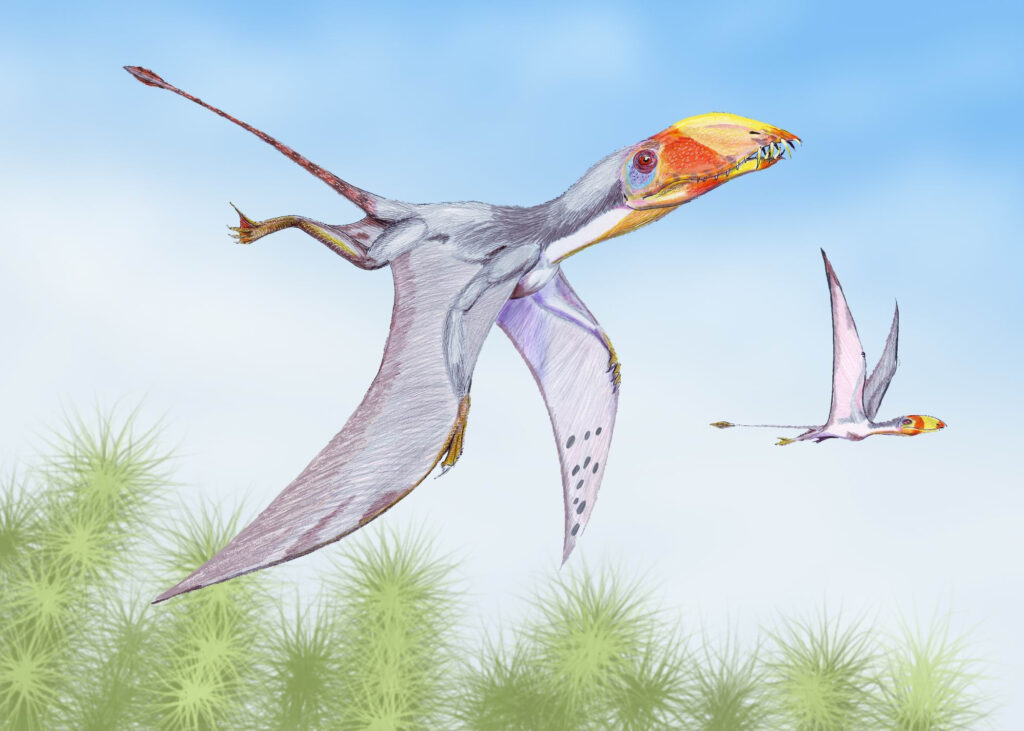
Though dinosaurs often dominated their ecosystems in terms of biomass and ecological impact, they shared their neighborhoods with a diverse array of non-dinosaurian species that played crucial roles in these prehistoric communities. Early mammals, though generally small during the dinosaur era, scurried through the underbrush and likely occupied nocturnal niches to avoid dinosaur predation. Pterosaurs dominated the skies, from small insectivores to massive fish-eaters with wingspans exceeding 10 meters. Crocodilians patrolled waterways, while turtles, lizards, and amphibians added to the biodiversity of these ancient ecosystems. Insects, though rarely preserved in the fossil record, would have been abundant and served as food for smaller dinosaurs and other vertebrates. These non-dinosaurian neighbors completed the ecological picture, filling niches that dinosaurs didn’t occupy and contributing to the complex web of interactions that characterized these prehistoric communities.
Evidence from Fossil Assemblages
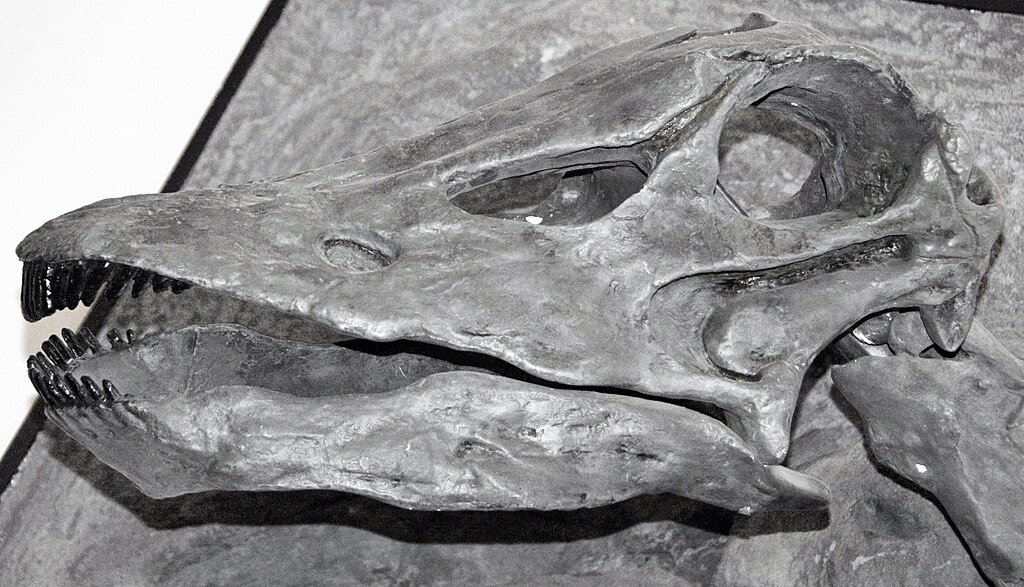
Our understanding of dinosaur neighborhoods comes largely from exceptional fossil sites that preserved multiple species in close association. The famous Cleveland-Lloyd Dinosaur Quarry in Utah has yielded remains of at least 70 individual dinosaurs, predominantly the predator Allosaurus, but also including herbivores like Stegosaurus and Camarasaurus, providing a snapshot of a Jurassic community. China’s Liaoning Province preserves a remarkable Cretaceous ecosystem with feathered dinosaurs, early birds, mammals, and plants preserved in extraordinary detail due to volcanic ash deposits. The Hell Creek Formation in Montana and the Dakotas offers a glimpse into the last dinosaur neighborhoods before the extinction event, showing communities dominated by Triceratops, Edmontosaurus, and Tyrannosaurus. These fossil assemblages allow paleontologists to reconstruct which species lived together in time and space, providing the foundation for our understanding of dinosaur community structure and ecological relationships.
Regional Variations in Dinosaur Communities

Dinosaur neighborhoods weren’t uniform across the planet but varied dramatically based on geography, climate, and evolutionary history. During much of the Mesozoic Era, the continents were joined into supercontinents like Pangaea before gradually drifting apart, creating increasing regional differentiation in dinosaur communities. Northern hemisphere dinosaur neighborhoods in what is now North America and Asia often featured abundant duck-billed hadrosaurs and horned ceratopsians during the Cretaceous, while southern continents like South America and Australia developed their distinctive faunas with unique predators and herbivores. Island communities, like those found in what is now Romania during the late Cretaceous, often evolved unusual characteristics, including dinosaurs of smaller size due to limited resources. Latitude also played a crucial role in shaping these communities, with polar dinosaur neighborhoods adapting to extended periods of darkness and seasonal food scarcity compared to their tropical counterparts.
Changes in Dinosaur Neighborhoods Through Time
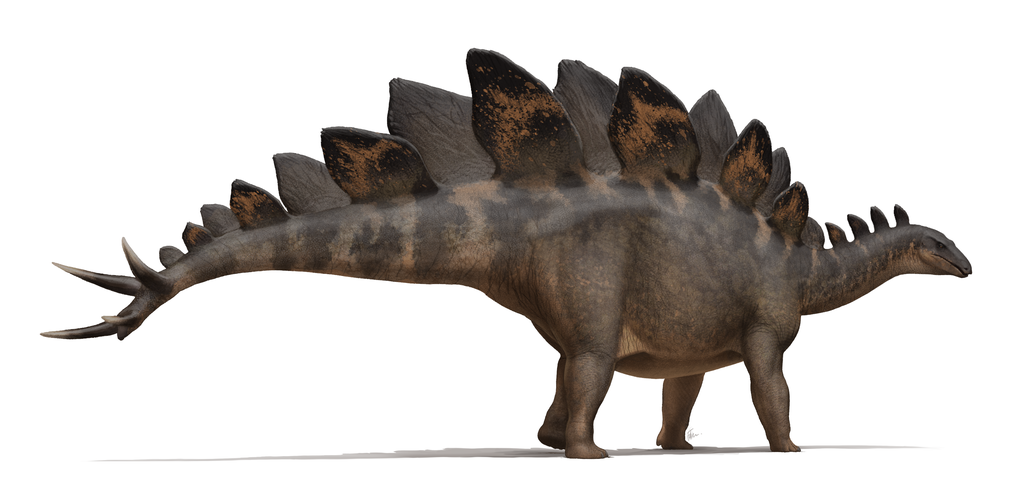
Dinosaur neighborhoods weren’t static but evolved dramatically over the 165 million years that dinosaurs dominated terrestrial ecosystems. Early Triassic dinosaur communities were relatively simple, with dinosaurs being minor components in ecosystems dominated by other reptile groups. By the late Jurassic, dinosaur neighborhoods had reached spectacular diversity, with massive sauropods and an array of specialized herbivores and predators creating complex ecological networks. The Cretaceous Period saw further dramatic changes as flowering plants revolutionized terrestrial ecosystems, new dinosaur groups like ceratopsians and hadrosaurs diversified explosively, and older groups like stegosaurs and most sauropods (except in southern continents) declined. Climate changes, continental drift, and evolutionary innovations all drove these transformations in dinosaur neighborhoods over time. The final dinosaur communities of the late Cretaceous were dramatically different from those of the Jurassic, demonstrating how these prehistoric neighborhoods continually adapted to changing conditions.
Catastrophic Events and Community Responses
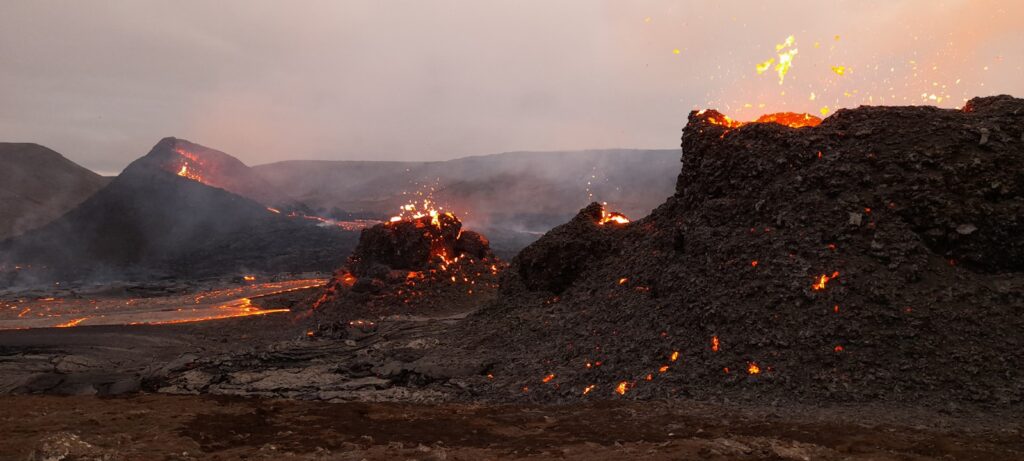
Dinosaur neighborhoods periodically faced catastrophic events that dramatically altered their composition and functioning. Volcanic eruptions, like those that created the Deccan Traps in India, would have blanketed vast regions in ash, temporarily devastating local ecosystems but potentially enriching soils for future plant growth. Massive wildfires, evidenced by charcoal layers in sedimentary rocks, would have swept through dinosaur habitats, particularly during drier periods. Flooding events preserved in the fossil record show how dinosaur communities dealt with seasonal or catastrophic inundations that could drown individuals but also create new habitats. Perhaps most dramatically, asteroid or comet impacts, like the Chicxulub impact that contributed to the end-Cretaceous mass extinction, could destroy regional ecosystems and trigger global climate effects. These disturbances were not simply destructive but also created opportunities for evolutionary innovation and community reorganization as survivors adapted to changed conditions.
Modern Analogs to Dinosaur Communities
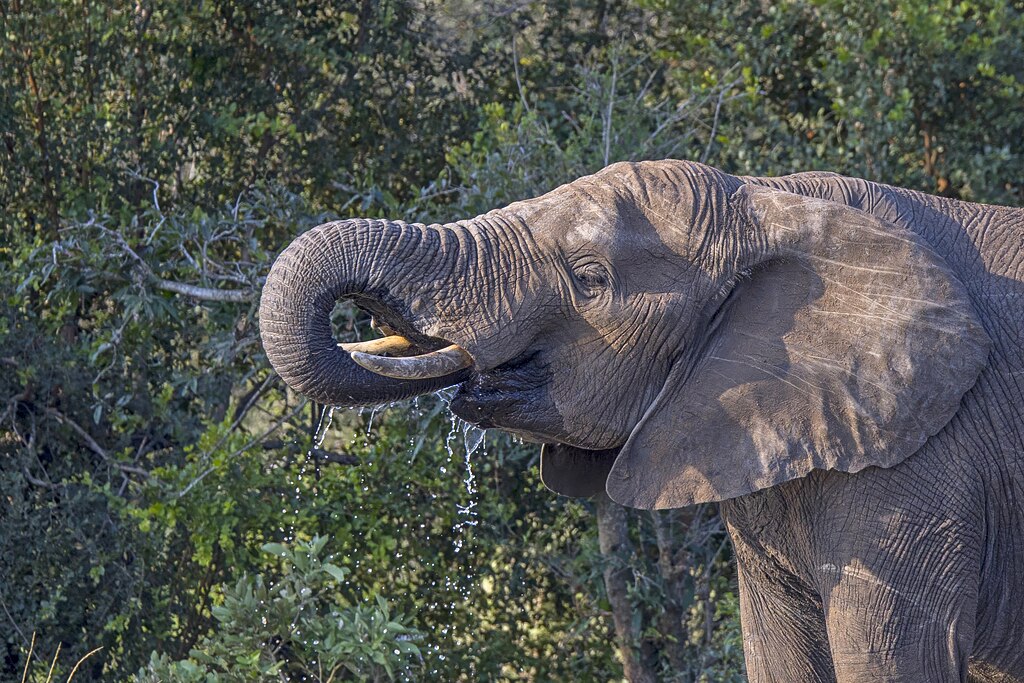
While no modern ecosystem perfectly mirrors a dinosaur neighborhood, certain contemporary animal communities offer partial analogs that help us visualize these prehistoric landscapes. African savannas with their large herbivores like elephants and giraffes browsing at different heights, alongside predators like lions targeting different prey, echo the ecological stratification of dinosaur communities. The Komodo dragon’s island ecosystem demonstrates how a large reptilian predator can dominate and shape its community, though even these massive lizards are diminutive compared to the largest theropod dinosaurs. Nesting colonies of modern birds provide insights into how dinosaur nesting grounds might have functioned, given the evolutionary relationship between birds and theropod dinosaurs. The complex social behaviors of elephants, with their multi-generational herds and extensive parental care, may parallel the social structures of some herbivorous dinosaur groups. These modern analogs, while imperfect, help paleontologists and the public conceptualize the dynamic interactions that characterized dinosaur neighborhoods.
Conclusion
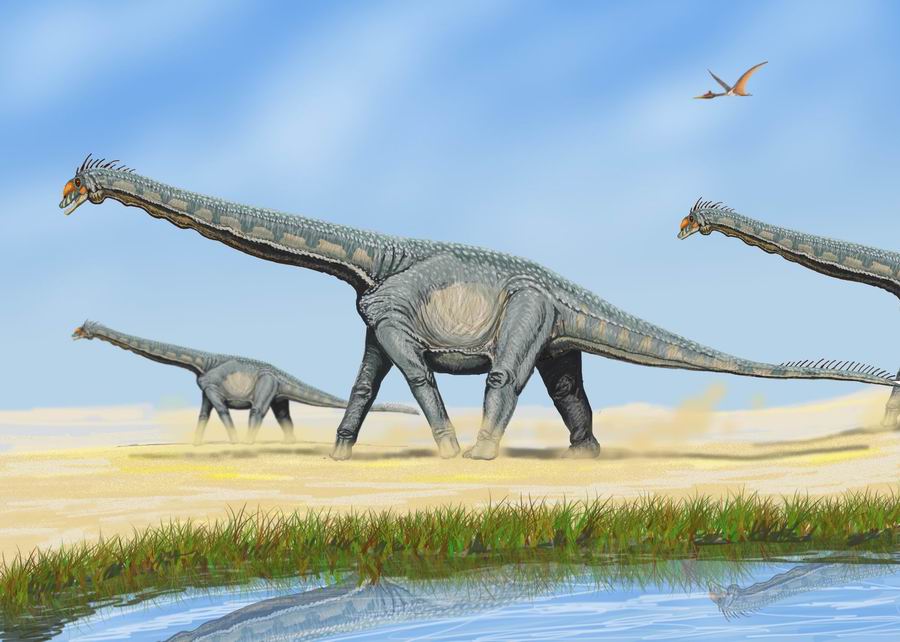
The dinosaur neighborhoods that dominated Earth’s terrestrial ecosystems for over 160 million years were complex, dynamic communities unlike anything alive today. From the towering sauropods that shaped forests through their feeding to the intricate social structures of nesting colonies, these prehistoric communities featured sophisticated ecological relationships and adaptations to diverse environments. Though separated from us by 66 million years of evolutionary history, scientific methods continue to reveal new insights into how these remarkable animals lived together. By studying the fossil record, comparing dinosaur communities across time and space, and drawing careful parallels with modern ecosystems, paleontologists have transformed our understanding of dinosaur neighborhoods from simplistic monster-filled landscapes to nuanced, ecologically sophisticated communities that dominated Earth for far longer than humans have existed. The study of these ancient neighborhoods not only satisfies our curiosity about Earth’s past but also provides perspective on the temporary nature of ecological dominance and the constant evolution of life on our planet.



